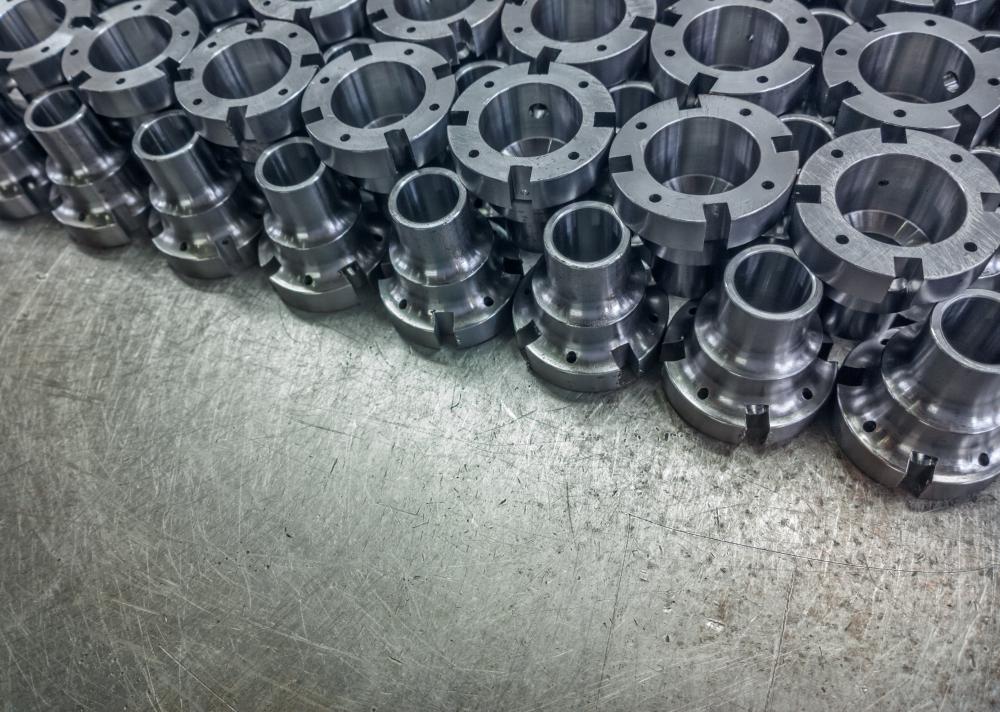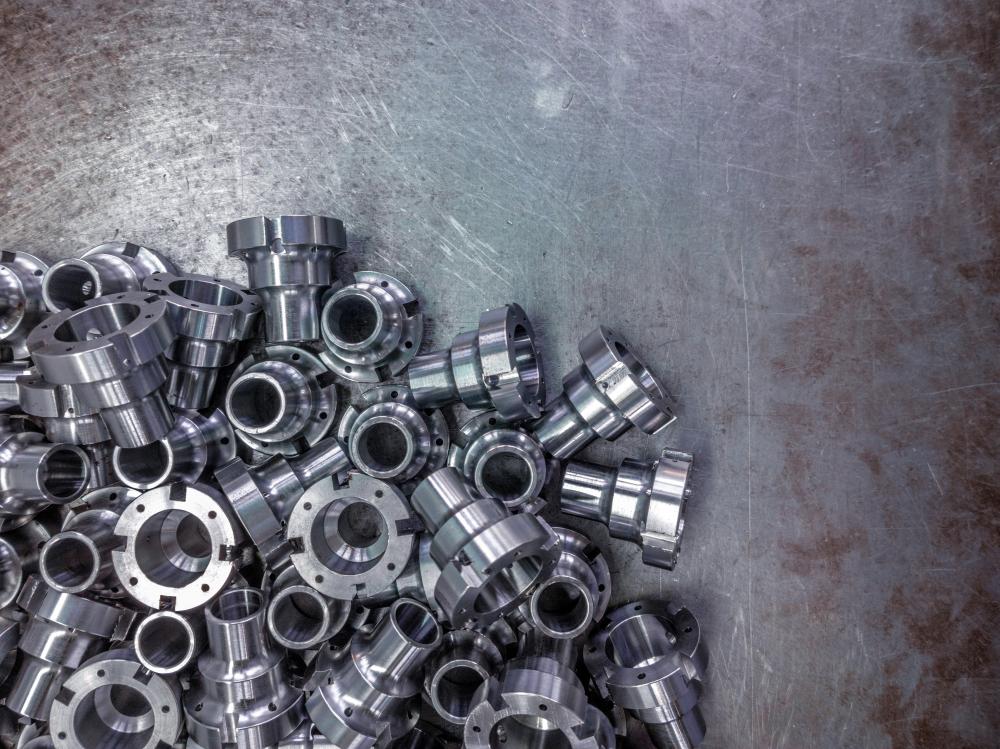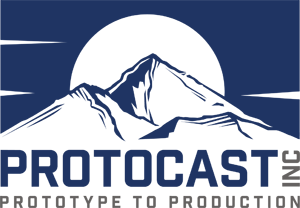October 15, 2024 | Protocast Inc
Low Pressure Casting Ohio

Overview of Low Pressure Casting
At Protocast Inc., nestled in the vibrant industrial landscape of Commerce City, CO, low pressure casting stands as a beacon of our manufacturing prowess. This process, a cornerstone of our operation, crafts the backbone of myriad industries, from the precision-required aerospace sector to the robust needs of automotive giants. Allow me to share some insights and experiences that accentuate why low pressure casting is not just a process, but a philosophy we live by.
Benefits of Low Pressure Casting
The virtues of low pressure casting unfold in its gentle approach to metal transformation. Here, the molten metal, treated with the respect it commands, is coaxed into the mold under the serene guidance of minimal pressure. This method not only honors the integrity of the mold but simultaneously fosters the creation of components with superior mechanical properties, tighter dimensional tolerances, and a remarkable finish that stands in testimony to the quality we aspire towards.
My years on the foundry floor have taught me that each casting tells a story–a narrative of the meticulous care and precision that went into its creation. It’s not merely about filling a cavity; it’s about breathing life into metal, giving it shape and purpose. Through low pressure casting, we ensure less porosity and a higher quality casting, reducing the need for post-processing and thereby echoing our commitment to efficiency and excellence.
The Protocast Difference
In a realm where precision melds with toughness, low pressure casting at Protocast Inc. reveals its true value. It’s not just about the advanced machinery or the cutting-edge technology we house; it’s about the human touch, the craftsmanship that each member of our team brings to the table. Our engineers and technicians, with their vast reservoir of experience, sculpt solutions that transcend the ordinary, pushing the boundaries of what’s possible.
Choosing the right metal alloy, understanding the nuances of each project, and integrating customer insights into the process–these are the threads that weave the fabric of our services. Whether it’s aluminum, magnesium, or zinc, each material is treated with a unique blend of respect and scientific acumen, ensuring the end product not only meets but exceeds expectations.
Applications and Industries
Expanding Horizons
The versatility of low pressure casting unlocks a panorama of possibilities. From aerospace components that demand the utmost precision to automotive parts that stand as testaments to durability, the applications are as varied as they are complex. At Protocast Inc., we’ve had the privilege of contributing to projects that range from intricate medical devices to robust agricultural machinery, each with its own set of challenges and triumphs.
Across Industries
The reverberations of our work are felt across several sectors–each benefiting from the unparalleled quality low pressure casting delivers. In the fast-paced world of consumer products, where aesthetics and functionality converge, our casting processes have laid the foundation for products that dazzle and perform. Similarly, in the industrial sphere, where reliability is non-negotiable, our castings ensure machinery and equipment perform seamlessly, day in and day out.
Material Selection in Low Pressure Casting
At the heart of every successful casting lies a critical decision–the choice of metal. In the realm of low pressure casting, this choice determines not just the success of the casting process, but the eventual performance of the component in its final application. Aluminum, with its lightweight yet sturdy composition, often takes center stage, heralded for its versatility and superior performance.
Yet, the story doesn’t end with aluminum. Magnesium, with its feather-light character, offers an unparalleled strength-to-weight ratio, making it an ideal choice for applications where every gram counts. Zinc, on the other hand, with its impressive durability and low melting point, offers a pathway to intricate designs that require precision and finesse. Each material, with its unique attributes, plays a pivotal role in the symphony of manufacturing, and at Protocast Inc., we harness these qualities to craft products that resonate with quality and innovation.
Ensuring Quality in Low Pressure Casting
Quality is not just a metric; it’s a mantra at Protocast Inc. Our ISO 9001:2015 certification is a testament to our unwavering dedication to excellence in every facet of our operation. From the initial design consultation to the final quality check, each step is imbued with a commitment to delivering casting solutions that not only meet but anticipate the needs of our clients.
In the dance of low pressure casting, where metal flows into the mold like a river into the sea, the mastery over temperature control and pressure regulation plays a pivotal role. Our skilled operators, leveraging years of experience and the intuitive understanding of the process, ensure that each casting emerges from the mold as a paragon of precision and reliability.
Yet, our commitment to quality transcends the confines of our foundry. It extends into the partnerships we forge with our clients, understanding their needs, and adapting our processes to serve them better. It’s a continuous journey of improvement, driven by feedback, innovation, and the relentless pursuit of perfection.
Collaboration and Customization
The essence of true craftsmanship lies in personalization. At Protocast Inc., we believe that each project, with its specific challenges and aspirations, deserves a tailored approach. Our team, comprising seasoned engineers and casting experts, engages in a collaborative journey with our clients, exploring the depths of their requirements and crafting solutions that are as unique as their needs.
This ethos of collaboration extends beyond mere consultation. It’s about building relationships, understanding the vision that drives our clients, and translating that vision into tangible products. Whether it’s a one-off prototype or a large-scale production run, our approach remains unwaveringly client-centric, ensuring that each casting not only serves its purpose but also embodies the trust and confidence our clients place in us.
Protocast Inc: Your Partner in Excellence
As we stand at the confluence of tradition and technology, Protocast Inc. continues to redefine the horizons of low pressure casting. Our journey, fueled by passion and precision, aims to elevate the standards of metal casting, one component at a time. By intertwining the art of casting with the science of engineering, we offer solutions that are innovative, effective, and uniquely tailored to meet the evolving demands of the industries we serve.
In a world where change is the only constant, our commitment to quality, efficiency, and client satisfaction remains steadfast. Protocast Inc. invites you to embark on a journey of discovery and innovation, where together, we can turn challenges into opportunities and ideas into realities. For those who seek a partner that values precision as much as passion, Protocast Inc. stands ready to exceed your expectations and forge paths to success.

What is Low Pressure Cast?
Low pressure casting is a method where molten metal is introduced into the mold under low pressure, as opposed to gravity pouring or high-pressure methods. At Protocast Inc., we’ve refined this technique to produce components with superior integrity, tighter tolerances, and exceptional surface finishes. Imagine the difference between a gentle rain nurturing the soil versus a torrential downpour causing erosion. That’s how we view our low pressure casting process – it’s about precision and care, ensuring that the metal flows into every intricacy of the mold without the violence that can introduce flaws.
What is the Difference Between Low Pressure and High Pressure Casting?
While both methods involve pressurized molten metal filling a mold, the key difference lies in the intensity. High pressure casting, often associated with die casting, subjects the molten metal to significantly higher pressures, leading to faster fill times but also increasing the likelihood of trapped air and porosity. On the other hand, low pressure casting, as we specialize in here at Protocast Inc., uses a more gentle pressure to fill the mold. This method allows for better control over the quality of the casting, minimizes defects, and often reduces the need for post-processing. It’s akin to choosing between a scalpel and a machete; both are effective, but precision often yields better results.
Which Type of Metal is Commonly Used in Low Pressure Casting?
Aluminum reigns supreme in the realm of low pressure casting due to its lightweight, strength, and versatility. Here at Protocast Inc., we frequently work with aluminum alloys to produce parts that not only meet but exceed the performance requirements across various industries. Aluminum is not only favored for its mechanical properties but also for its excellent casting characteristics, enabling us to create complex, detailed components with ease. Imagine aluminum as clay in the hands of a potter; it’s that malleability coupled with strength that makes it so invaluable in low pressure casting.
How Do They Do Low Pressure Sand Casting?
Low pressure sand casting is a fascinating blend of traditional sand casting techniques with modern low pressure technology. We start by creating a sand mold, which is basically a negative imprint of the final desired part. Then, instead of simply pouring molten metal into the mold, we pressurize the metal’s container, gently forcing the metal upward into the mold. What makes this method standout at Protocast Inc. is its ability to marry the flexibility and cost-effectiveness of sand casting with the improved quality and efficiency of low pressure casting. It’s a hybrid approach that allows us to tackle a wide array of projects with the finesse and adaptability our clients require.
What are the Advantages of Low Pressure Casting Over Traditional Methods?
Low pressure casting offers numerous advantages, including enhanced mechanical properties, superior surface finish, and reduced porosity compared to traditional gravity casting. This technique allows for more dimensional accuracy and a higher level of detail in the final component. Especially for intricate designs or those requiring tight tolerances, low pressure casting is the way to go. It’s not just about making parts; it’s about making them better. At Protocast Inc., leveraging these advantages means we can deliver products that truly meet the cutting-edge needs of industries we serve, from aerospace to automotive.
How Does Material Selection Impact the Low Pressure Casting Process?
Choosing the right material for low pressure casting is critical. Each metal brings its own set of characteristics to the table. Aluminum, for example, is renowned for its lightweight and corrosion resistance, making it ideal for aerospace and automotive applications. Magnesium offers an even better strength-to-weight ratio but requires careful handling due to its reactivity. Zinc, with its low melting point, allows for high detail and thin walls in cast parts. At Protocast Inc., our expertise lies in evaluating your project’s specific needs and selecting the perfect material to match. It’s about finding the right balance between performance, cost, and manufacturability to turn innovative concepts into tangible products.
Resources
- National Institute of Standards and Technology (NIST) – NIST is a non-regulatory federal agency within the U.S. Department of Commerce, promoting innovation and industrial competitiveness by advancing measurement science, standards, and technology.
- ASM International – ASM International is the world’s largest association of materials engineers and scientists, providing information and networking opportunities to support materials professionals.
- IntechOpen – Aluminium Alloys: Recent Trends in Processing, Characterization, Mechanical Behavior, and Applications – This open-access book provides insights into recent trends and advancements in aluminum alloys processing, characterization, and applications.
- USENIX Association – USENIX is a non-profit organization dedicated to supporting the advanced computing systems community through conferences, publications, and member activities.


